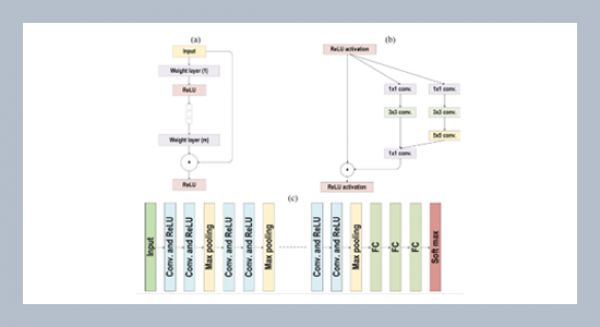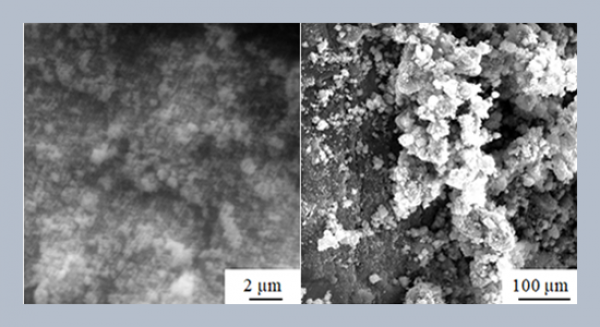Amit Kumar and Manjot Kaur* School of Mathematics and Computer Applications, Thapar University, Patiala, India
Download Citation:
|
Download PDF
Kumar et al. (A new approach for solving fuzzy maximal flow problems; LectureKumar et al. (A new approach for solving fuzzy maximal flow problems; Lecture Notes in Computer Science, Springer-Verlag; Berlin Heidelberg, 5908, (2009) 278-286) pro-poseda new algorithm for solving the fuzzy maximal flow problems. In the numerical example solved by Kumar et al., by using the proposed algorithm, there exist negative part in the obtained triangular fuzzy numbers which represents that the flow between two nodes may be negative. Although it is mathematically correct according to properties of ranking function. But in real life problems the negative quantity of the flow has no physical meaning. To overcome this short-comingthe algorithm, proposed by Kumar et al., is improved.ABSTRACT
Keywords:
Fuzzy maximal flow problem; ranking function; triangular fuzzy number.
Share this article with your colleagues
REFERENCES
ARTICLE INFORMATION
Received:
2011-07-23
Revised:
2011-11-01
Accepted:
2011-11-30
Available Online:
2012-03-01
Kumar, A., Kaur, M. 2012. An Improved Algorithm for Solving Fuzzy Maximal Flow Problems. International Journal of Applied Science and Engineering, 10, 19–27. https://doi.org/10.6703/IJASE.2012.10(1).19
Cite this article:















